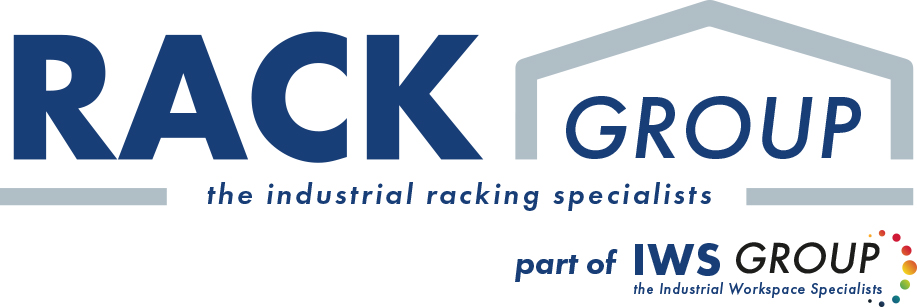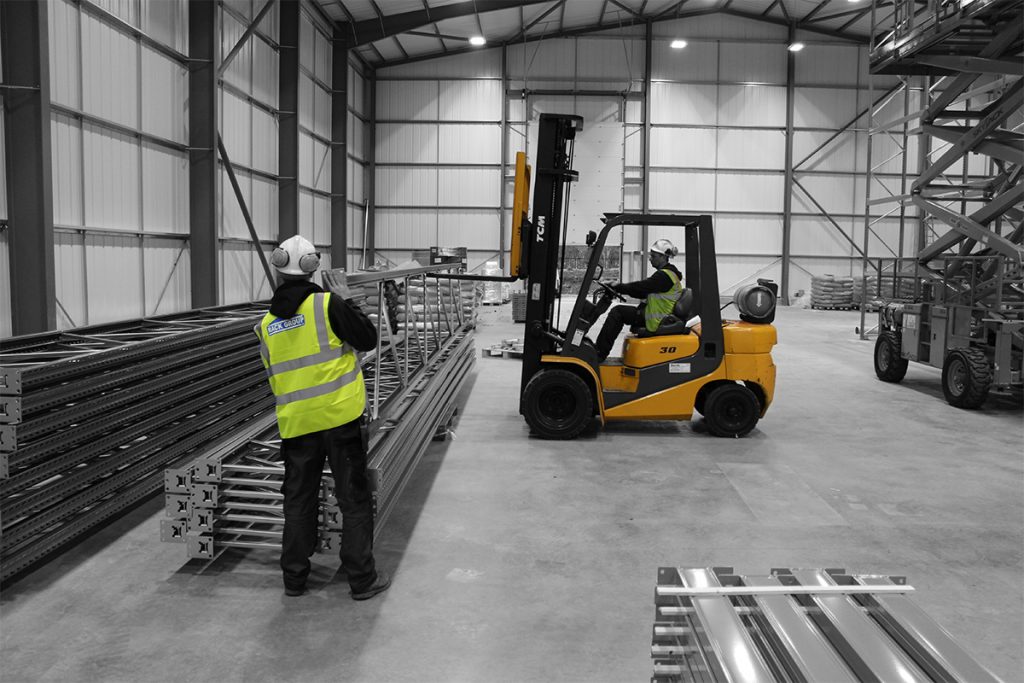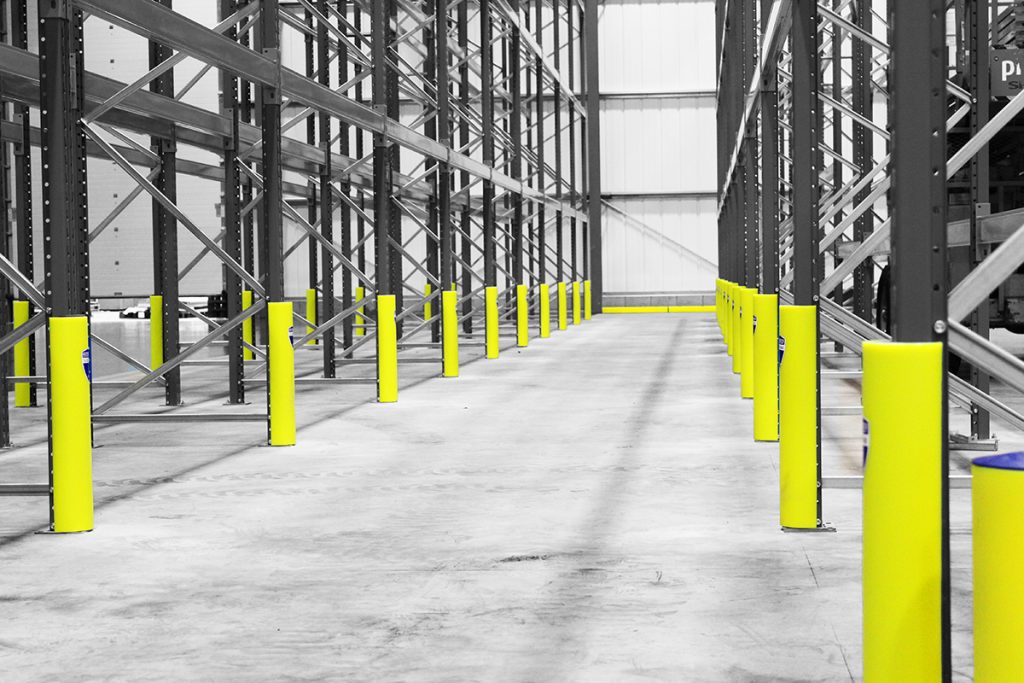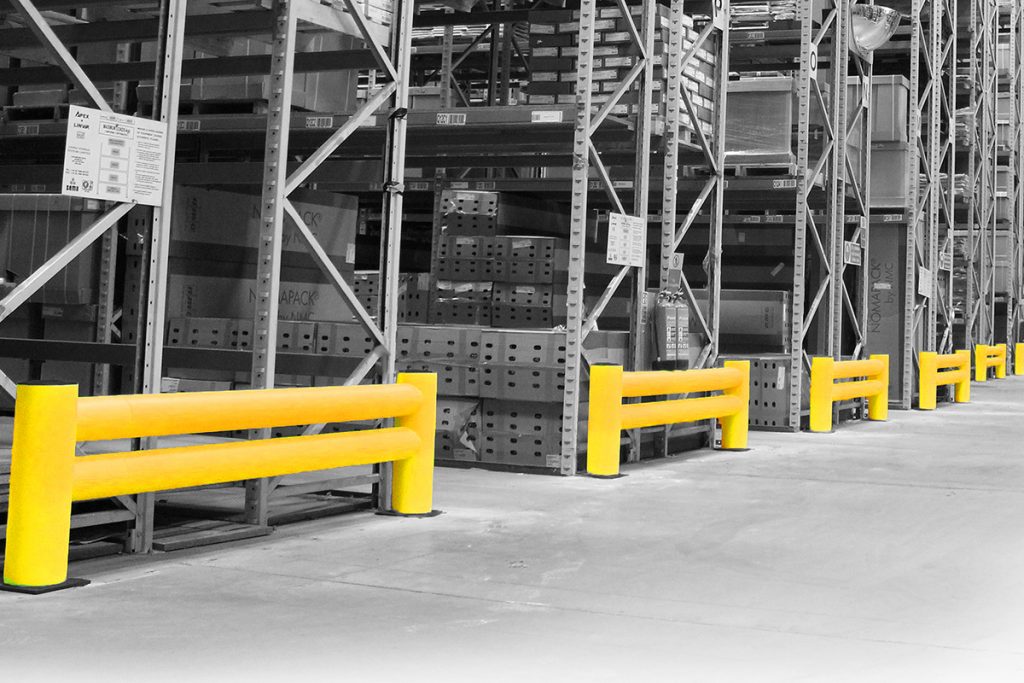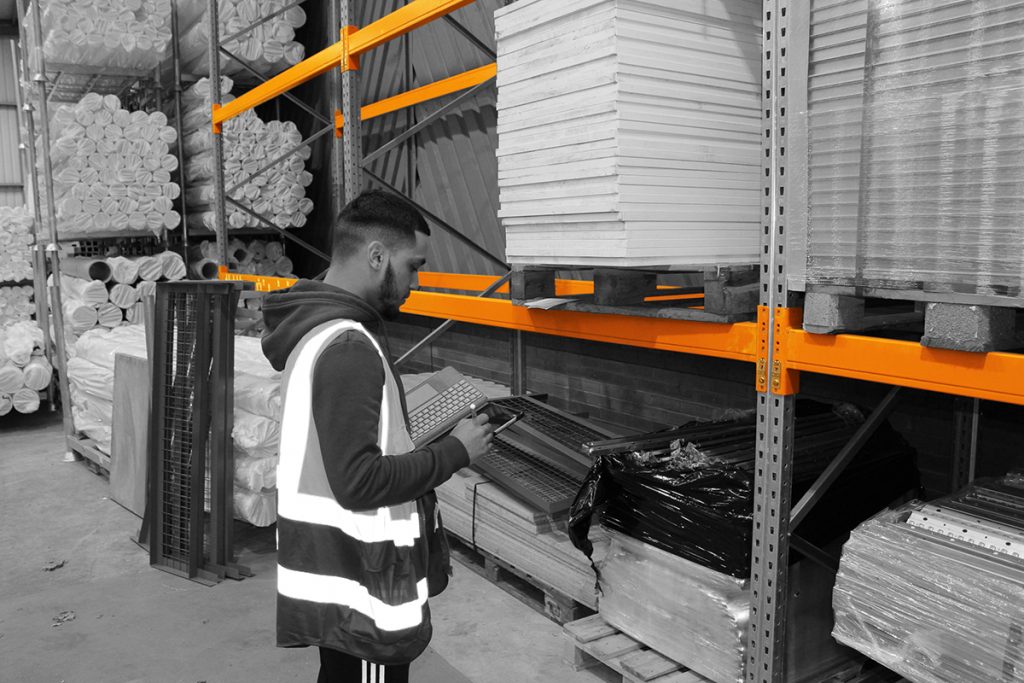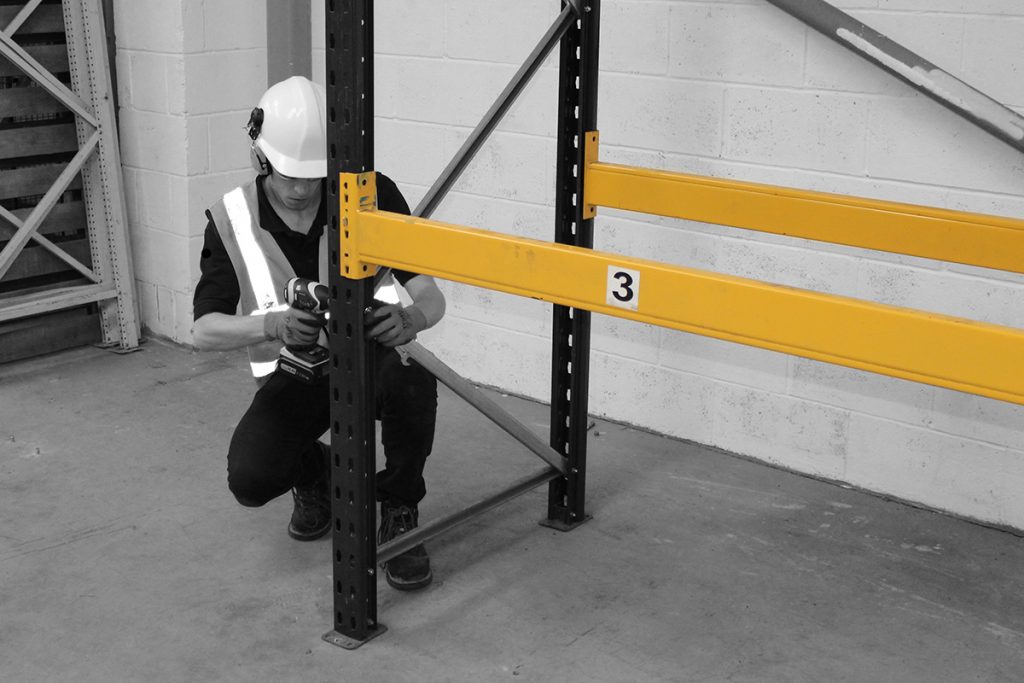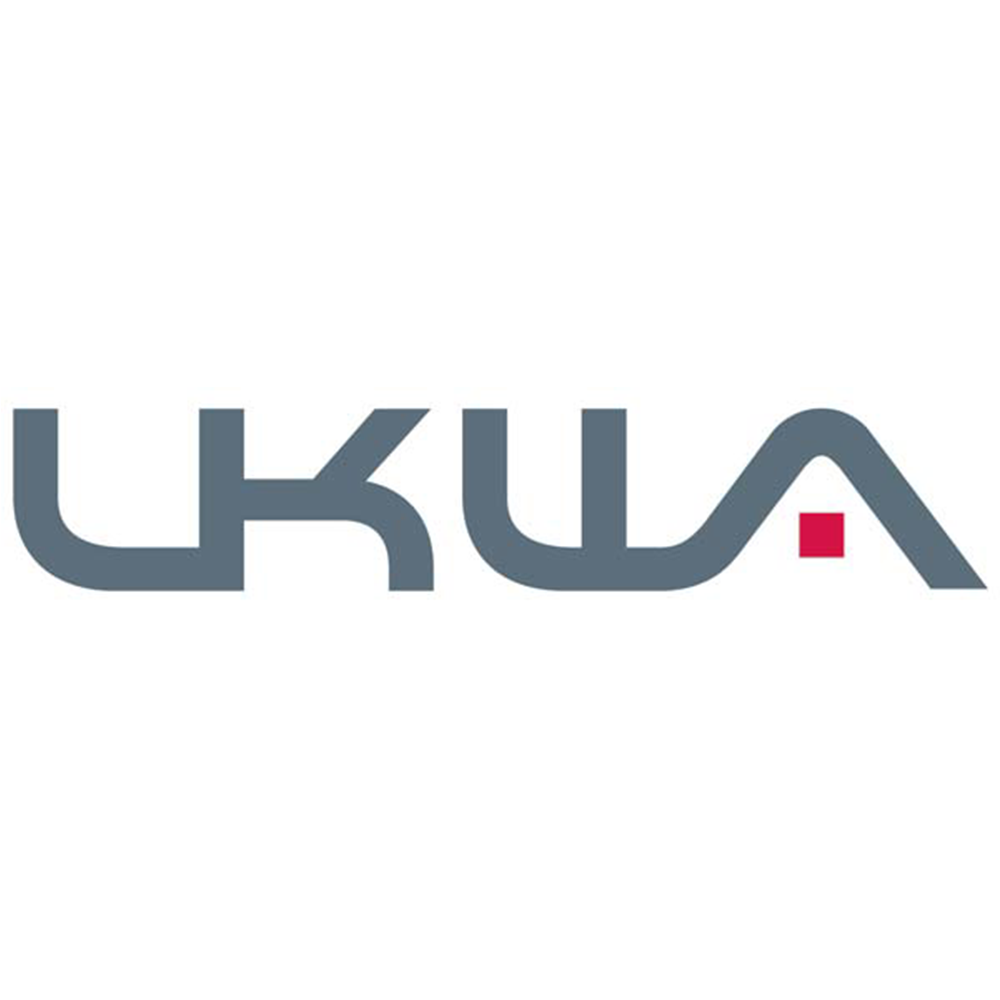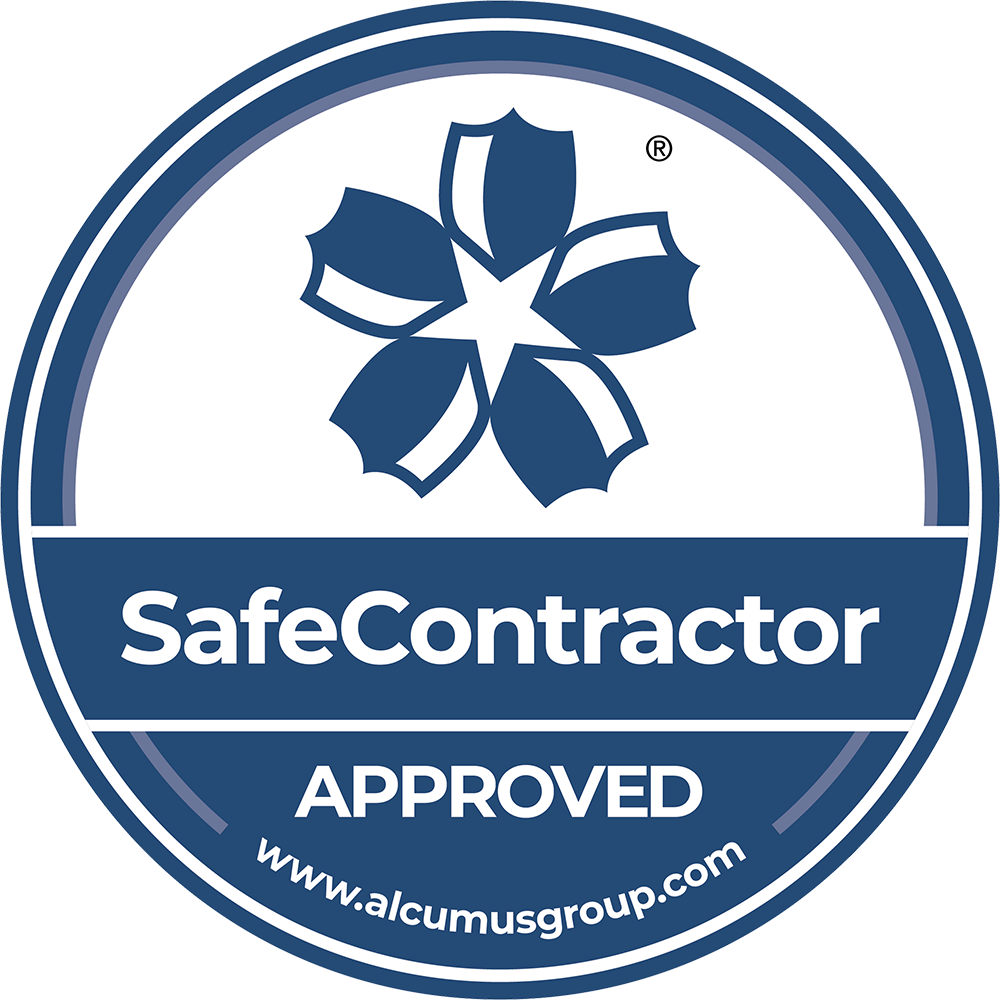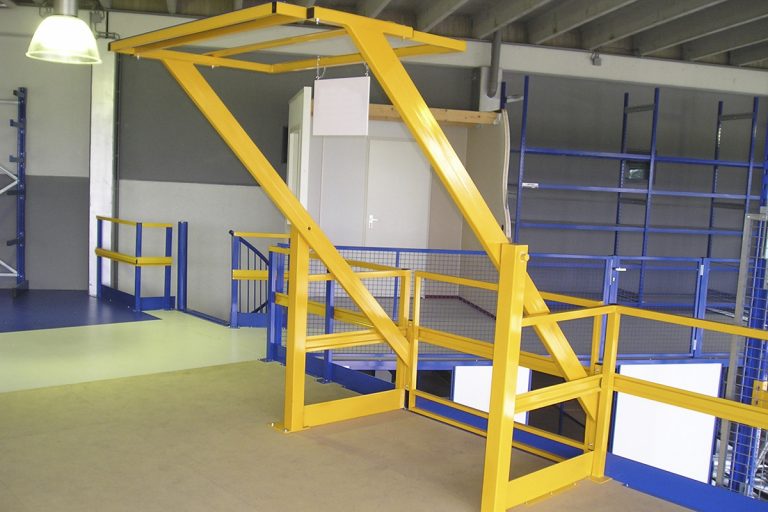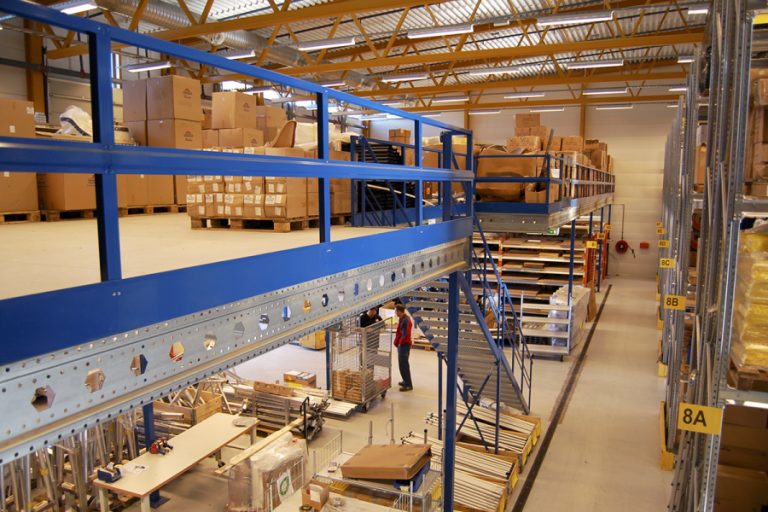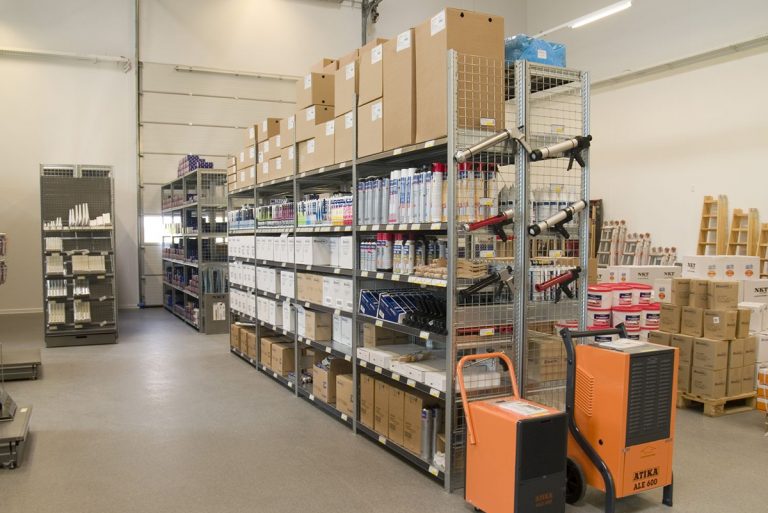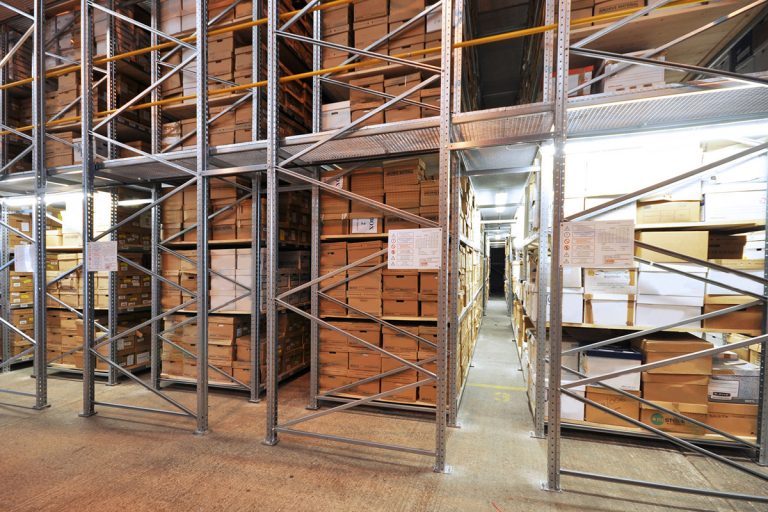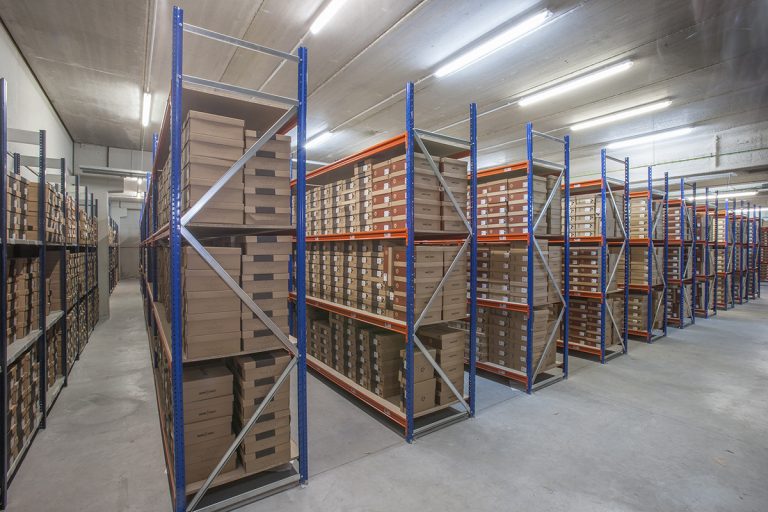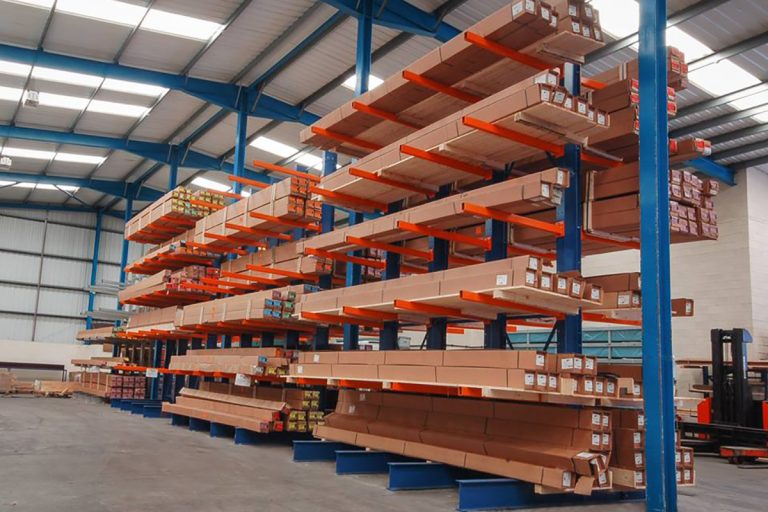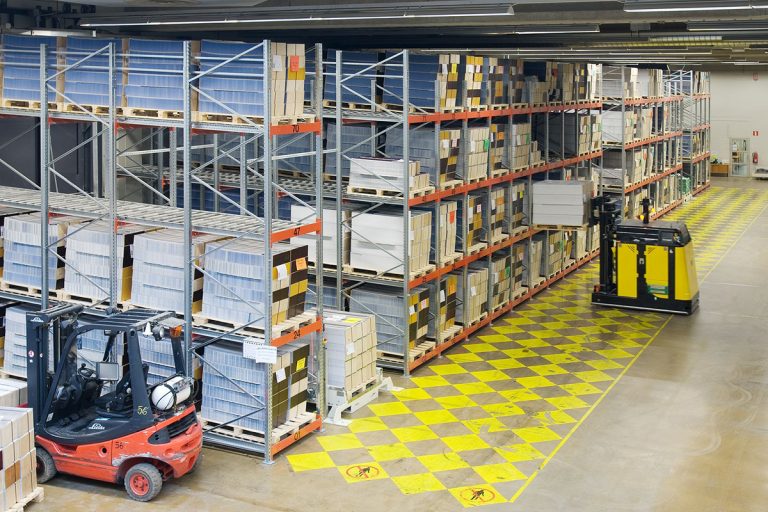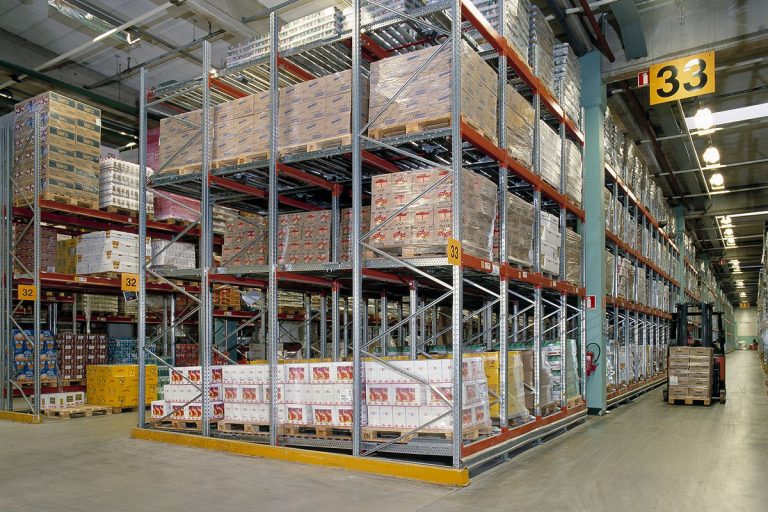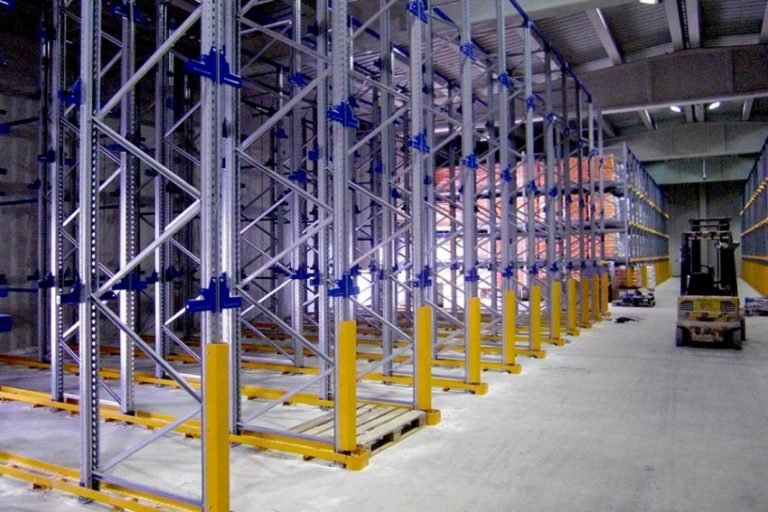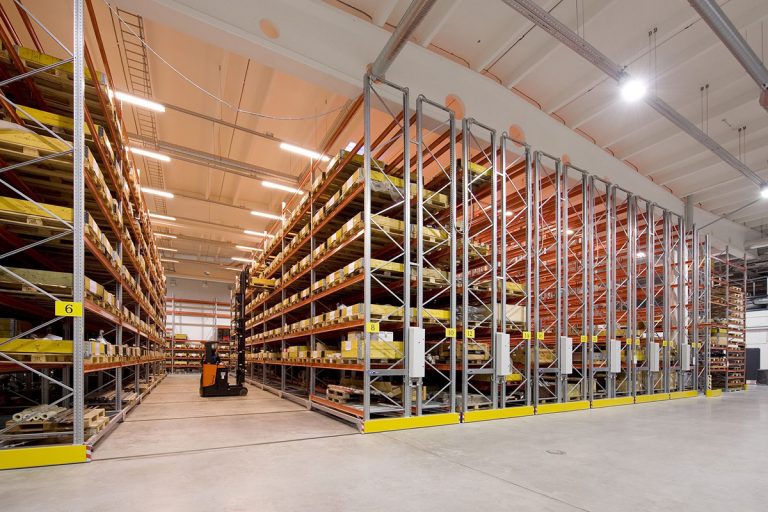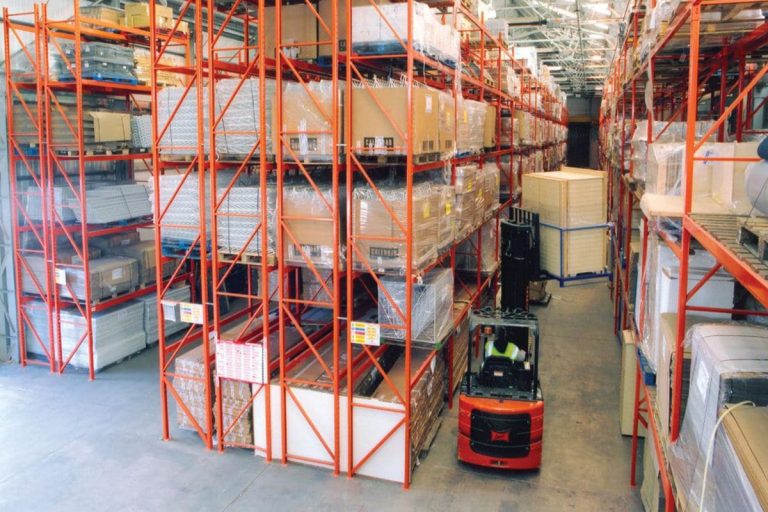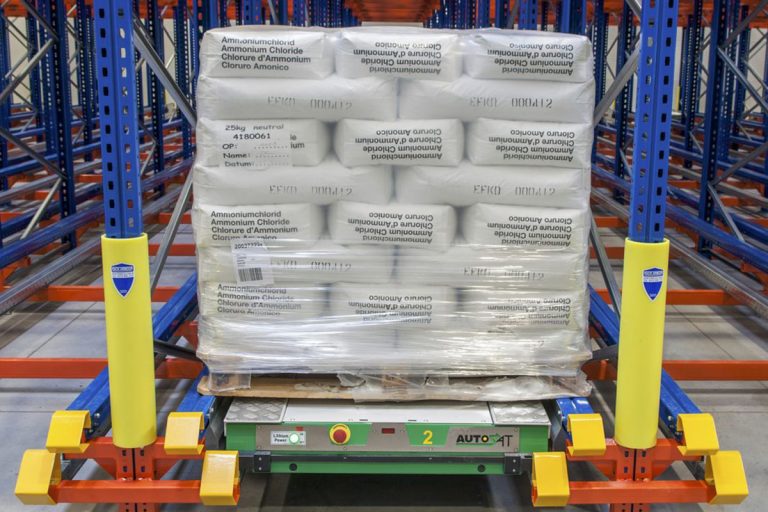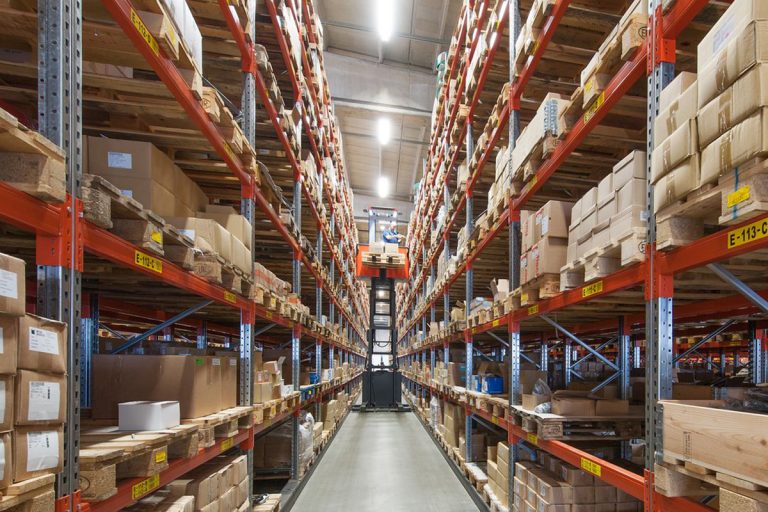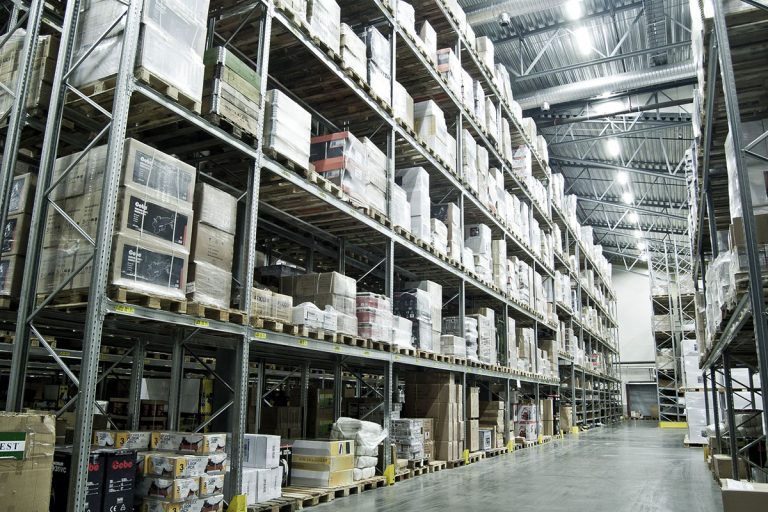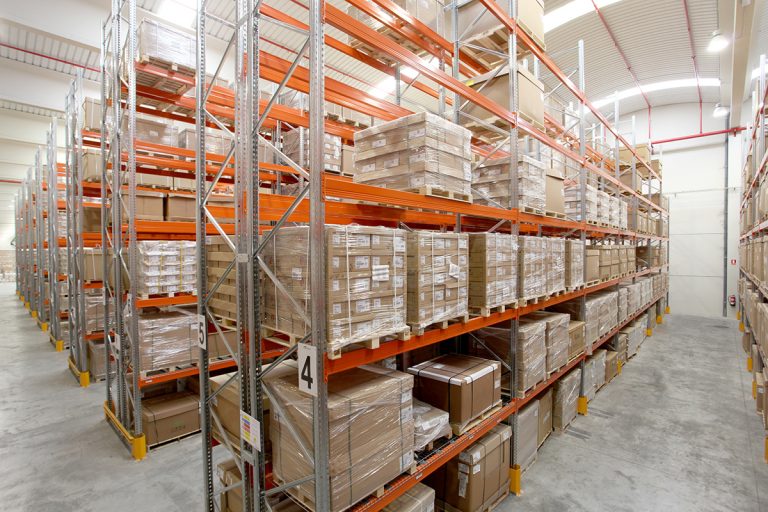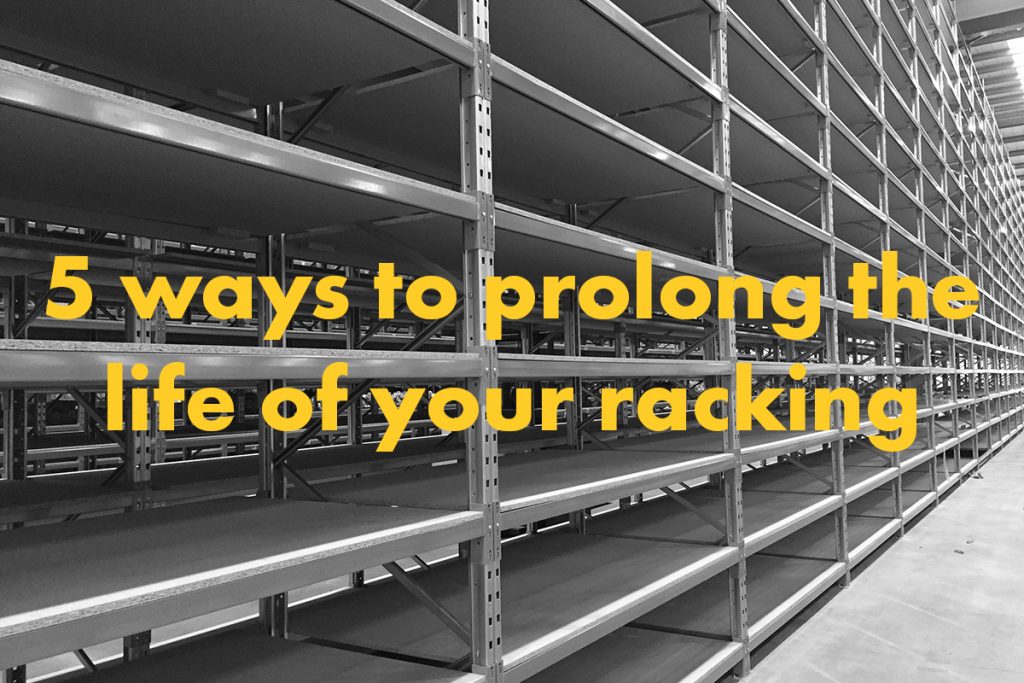
How to prolong the life of your racking
Let’s face it, storage equipment doesn’t come cheap. Racking plays an essential role in keeping your warehouse operational, yet can also be the reason why you encounter disruptions and down time. This article delves into some of the ways you can get the most out of your racking, ensuring it lasts for years to come.
Racking has a very important job to do. Storage equipment is designed to hold tremendous amounts of warehouse stock. This stock is precious, as are your people who work in and around it. It’s also a huge investment for your business. Whether you choose to buy brand new, or source some quality second-hand systems, you’ll want to prolong the life of your racking for as long as possible to get a good ROI.
If well maintained, industrial storage equipment can last for years and years. This of course depends on how busy your warehouse is, the types of products you are storing, and the environment your racking is stored. It also depends on how well you treat it.
This brings us to our first tip on how to prolong the life of your racking:
1. Make sure your warehouse operators are fully (and regularly) trained
This may sound obvious but the main source of damage to racking is due to impact from Material Handling Equipment such as forklift trucks. This seems like a sensible place to start when looking at ways to prolong the life of your storage equipment. Ensure your teams are not only trained when they join your company, but have regular refresher training to keep their skills sharp.
It’s also important to ensure your team is confident working with the racking itself. One example could be with the weight load limits on your particular type of pallet racking. Displaying weight load notices at the end of every aisle of racking enables your team to quickly check limits and ensure they are followed. Overloading racking, or storing pallets with uneven distribution of weights is one way storage systems can be weakened, potentially leading to racking collapse.
So, you’ve had your racking installed by a top-notch team of qualified installers, your MHE drivers are fully trained and your stock is safely loaded. It’s now time to talk about protecting that lovely new racking installation of yours. As the classic saying goes, prevention is cheaper than the cure. Which brings us to tip number two:
2. Protect racking uprights before damage occurs with guards
Whether you prefer metal guards, or hard-wearing polymer guards, choosing to protect your racking uprights will save you money in the long-run. Guards can cost as little as £10 each, protecting the most vulnerable part of the upright. In comparison, a full upright replacement can cost up to £500.
Racking upright guards can perform for many years, being replaced only when repeated or major impact has occurred, making them a cost-effective option. Not only do they protect the upright from most types of impact damage, they also act as a visual deterrent to MHE operators. Usually sold in bright yellow colours, the upright guards signal a hazard to drivers whilst they move around the warehouse.
There are also other types of protection systems you can utilise to prolong the life of your racking, which brings us to tip number three:
3. Install racking protection barriers in high-risk zones
The end of racking aisles can be particularly vulnerable areas for racking damage. Warehouse vehicles will often turn tightly down aisles, causing impact to occur. Our next tip to prolong your racking involves installing impact protection barriers in these high-risk zones.
End of aisle barriers absorb and deflect impact, and come in all sorts of styles and materials. Choose the best option for your warehouse depending on the type of vehicles in operation and the type of racking you have. You should also factor in the amount of maintenance that might be required for certain types of barriers. If contact occurs with painted metal barriers, for example, the barriers will require frequent re-painting to ensure they remain highly visible and keeps your warehouse looking clean and tidy.
With your barriers and guards in place, it’s now time for tip number four:
4. Regularly inspect your racking for signs of damage or safety issues
UK guidelines recommend employers conduct regular and annual racking safety inspections. By checking over racking regularly, and reporting damage straightaway, you’re not only meeting these guidelines, but you’re also helping to prolong the life of your racking.
In busy warehouses, frequent little knocks to racking can go unnoticed. Large pallets of stock can also obscure some areas of damage. Ensuring your team routinely checks over your racking for defects means any potential issues can be flagged and action can be taken. This might be to unload the racking bay and carry out urgent repair work, which leads us into our final tip:
5. Repair damage to racking quickly to reduce serious consequences
The level of damage to racking uprights, bracing or beams is often categorised as a traffic light system by SEMA. Green signals that the damage should be monitored but no immediate action is required. Amber risk signals a hazard that requires action as soon as possible. Damaged categorised as a red risk requires immediate action as the damage is considered very serious.
The level of damage will prioritise which repair work needs to be carried out first. Staying on top of repair and maintenance work will help reduce repair bills long-term as some green or amber hazards may develop into red risk hazards, which are more costly than smaller repairs. Ignoring repair work won’t make the damage go away. Make sure you’re taking all the steps to prevent catastrophic accidents involving collapsed racking, and prolong your racking for as long as possible.
